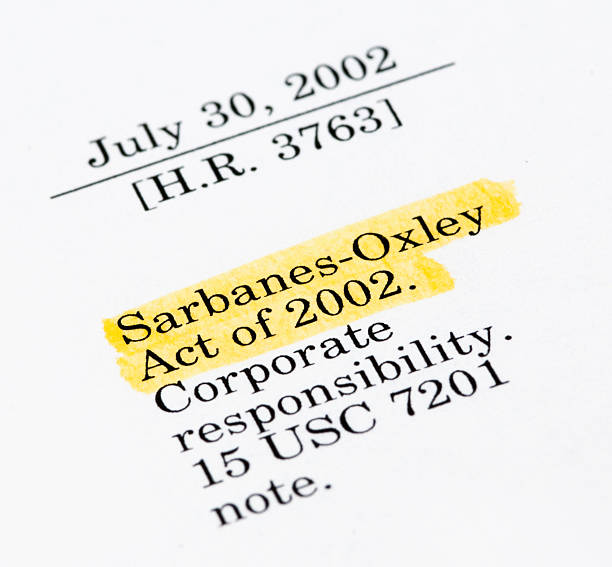Cross-Border Ownership: Insurance Considerations for International Assets
Owning property or movable assets across borders introduces insurance complications that deserve early attention. Differences in local law, underwriting standards, and claims handling can affect coverage, deductible levels, liability exposure, and settlement outcomes. This article outlines practical considerations for protecting international assets and reducing cross-border risk.

International ownership of physical assets—from commercial real estate to specialized equipment—creates insurance complexities that require a structured approach. Insurers assess risks differently across jurisdictions, and policy wording that looks familiar at home may not respond in the same way abroad. Owners should understand core elements such as coverage scope, exclusions, endorsements, and how local underwriting practices affect premiums and settlement expectations. Proactive documentation, clear inventory and valuation records, and coordination with local brokers or legal counsel help bridge gaps. Planning for claims procedures and potential differences in liability regimes reduces surprises when an incident occurs.
How does coverage for international assets differ?
Coverage for assets located internationally often varies in territorial scope, regulatory compliance, and the practical availability of certain policy types. Some standard property policies will include narrow territorial limits or require specific extensions to cover assets overseas. Exclusions may apply for political risk, war, or local environmental liabilities that are not common in the home market. Endorsements can be used to modify standard wording to meet local law or owner needs, but each endorsement may affect underwriting decisions and premium calculations. Reviewing policy language with attention to what is covered and what is excluded is essential to avoid unexpected gaps in protection.
What deductible and premium factors apply abroad?
Deductible levels and premium rates are influenced by local risk profiles, claims history, replacement costs, and the quality of local services. Higher perceived risk or limited capacity in a market can lead to increased premiums or higher deductibles to limit insurer exposure. Underwriting will consider the local environment, including crime, seismic activity, and building standards, when setting terms. Currency fluctuation and taxes can also affect the effective cost of coverage. Owners should evaluate whether a local policy, an international master policy, or a combination provides the best balance of deductible, premium, and administrative simplicity.
How are contents, inventory and valuation handled?
Accurate contents listings, inventory control, and transparent valuation methods greatly influence claims outcomes. Insurers typically require proof of inventory and may request periodic appraisals for high-value items. Valuation clauses—such as replacement cost versus actual cash value—determine settlement amounts and can vary by jurisdiction. Maintaining documented inventories, purchase records, serial numbers, and appraisal reports helps substantiate values during claims. For specialized or antique items, professional appraisal certificates and secure storage arrangements may be required as part of the underwriting process or to qualify for specific coverage limits.
What liability and settlement issues arise across borders?
Liability exposure can differ widely between jurisdictions due to variations in tort law, contract enforcement, and statutory obligations. Policies must be checked for territorial liability limits and whether legal defense costs are covered. Settlement practices may also diverge: some markets favor negotiated settlements, others rely more on litigation, and the cost and timeline for resolution can reflect local court systems. Cross-border claims can involve multiple insurers, local regulators, and currency issues, affecting both cash-flow and final settlement amounts. Clear contractual terms and insurance provisions with counterparties reduce ambiguity about who bears which risks.
How do endorsements and exclusions affect cross-border risk?
Endorsements tailor standard policies to meet specific local requirements or owner preferences, while exclusions remove insurer responsibility for defined scenarios. Common cross-border endorsements add coverage for transit, temporary storage, or local statutory liabilities; exclusions may carve out political risk, pollution, or sanctioned-party exposure. Each endorsement or exclusion affects the overall risk picture and can trigger additional underwriting inquiry or premium adjustments. Risk mitigation strategies—such as enhanced security, compliance programs, or disaster preparedness—can make endorsements more affordable and reduce the impact of exclusions on insurable exposure.
What role do underwriting and appraisal play in mitigation?
Underwriting assesses the total risk profile of international assets and determines acceptable terms, while appraisals provide the factual basis for valuation and limits. Thorough underwriting will request site surveys, safety records, and local service provider credentials; an independent appraisal documents replacement cost and condition. Together they influence premium setting, coverage limits, and negotiated endorsements. Regularly updating appraisal and inventory records prevents underinsurance and supports timely claims settlement. Engaging experienced local brokers or adjusters with cross-border experience helps align underwriting expectations with the owner’s risk mitigation measures and operational realities.
Cross-border ownership demands deliberate insurance planning that ties together coverage language, deductible choices, inventory and valuation practices, liability considerations, and active risk mitigation. Owners who document assets, review policy endorsements and exclusions, and collaborate with knowledgeable underwriters or brokers reduce the chance of coverage surprises. Effective preparation supports smoother claims, clearer settlements, and more predictable insurance costs when assets are located across multiple legal and regulatory environments.





